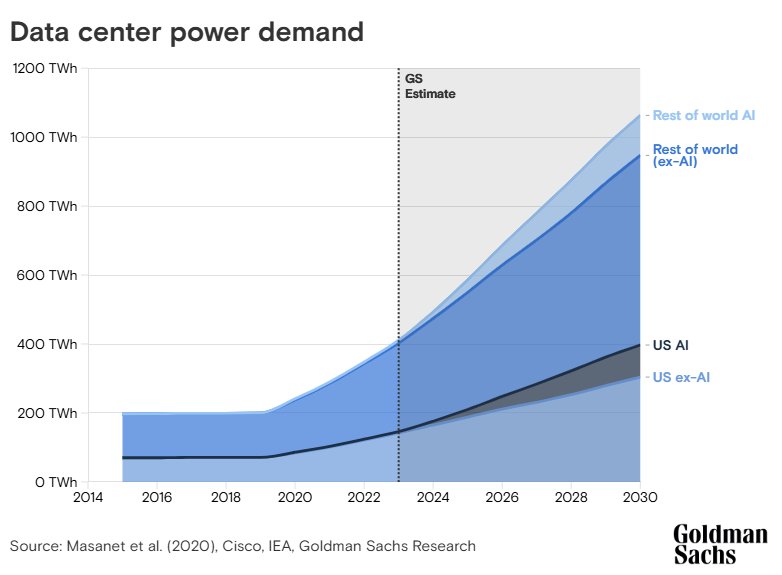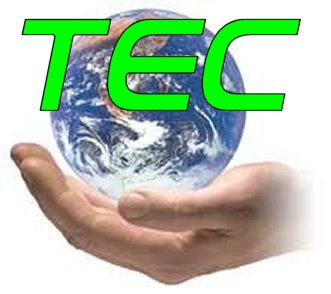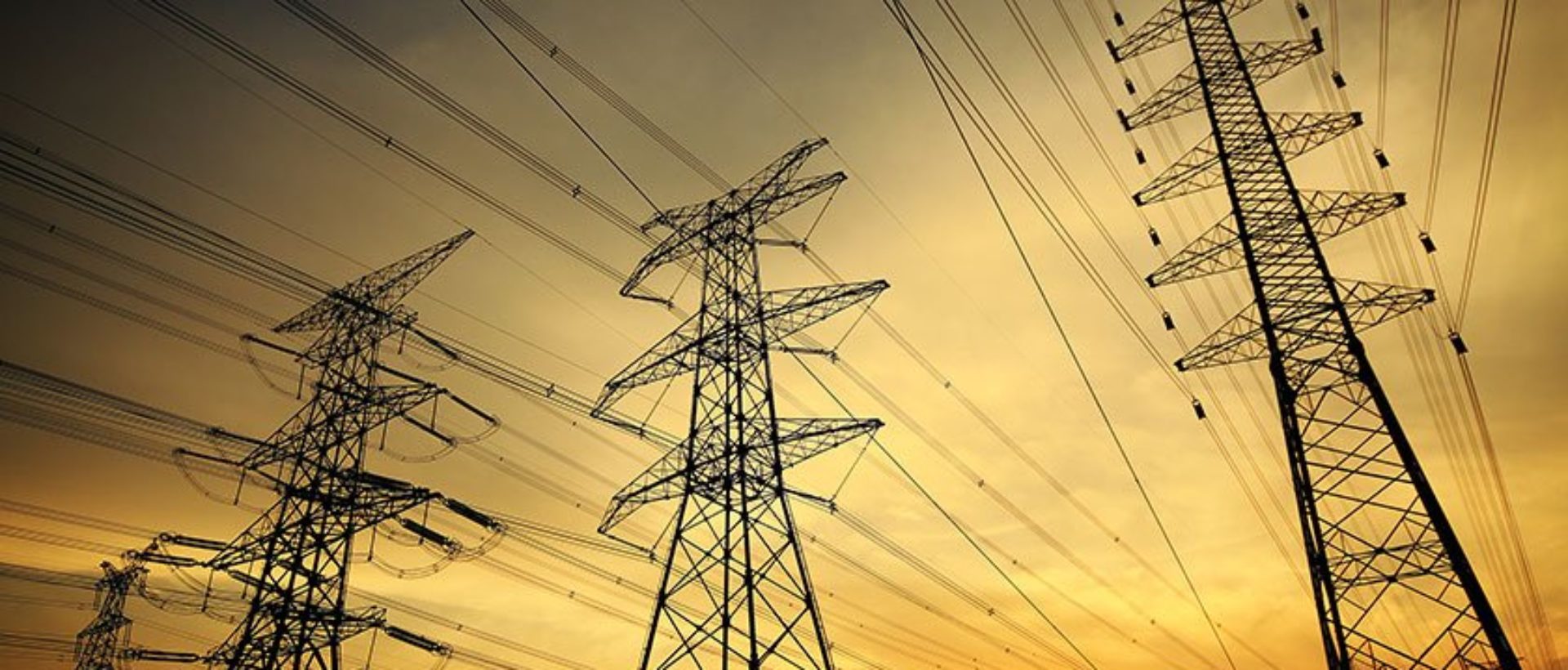AI Data Centers, Crypto Data Centers, Cloud & Storage Data Centers Prime Energy Generators
Theron Generators delivers Permanent Perpetual Electricity for your data centers, ensuring a reliable power source that lasts up to 100 years with our Magnetic Energy Permanent Generators. Each generator produces a powerful 2.5 megawatts and can be seamlessly daisy-chained to surpass the electrical output of the Hoover Dam. Trust in our technology to meet your energy demands with unmatched efficiency.
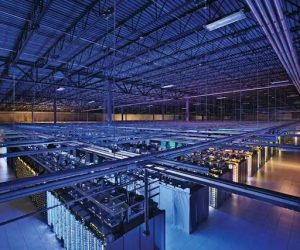
Data Centers and Data Storage
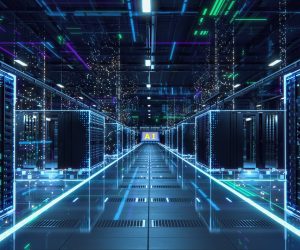
AI (artificial intelligence) Data Centers
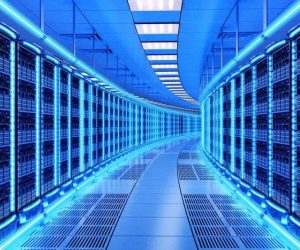
Crypto Data Centers
Data centers in the United States market are clearly defined as having three main regions: East, Central, and West. Companies that prioritize low latency to major American markets strategically deploy in all three regions. Most data centers in the US are situated in or around leading tier 1 metropolitan markets, with Northern Virginia and Northern California standing out as the most prominent locations. Areas such as Ashburn and Silicon Valley are essential, while New York/New Jersey and Illinois experience significant supply and demand dynamics.
Each major US market is home to key data centers that are inherently well-connected and have earned the designation of carrier hotels due to their abundant interconnections and internet exchange points. Despite some facilities being older, they continue to play a critical role in shaping the American data center landscape and reinforcing the country’s network infrastructure.

Understanding Data Center Growth and Needs
The data center industry is growing rapidly, driven by demand for more data storage and computing power. The growth is expected to continue as the use of artificial intelligence (AI) increases.
Data center market size
- The global data center market was valued at $219.23 billion in 2023.
- The market is projected to grow to $584.86 billion by 2032.
- The data center server market is estimated to grow by $169.3 billion from 2024 to 2028.
Data center power demand
- The global power demand by data centers is expected to grow by 16% from 2023 to 2028.
- The demand for power is expected to increase due to the growing use of AI.
Key drivers of growth
- The Internet of Things (IoT)
- Cloud computing services and applications
- The need for more data to improve business performance
Challenges
- The need for more reliable power sources
- The need for more sustainable power
- The need for more power equipment
- The need for more electrical trade workers
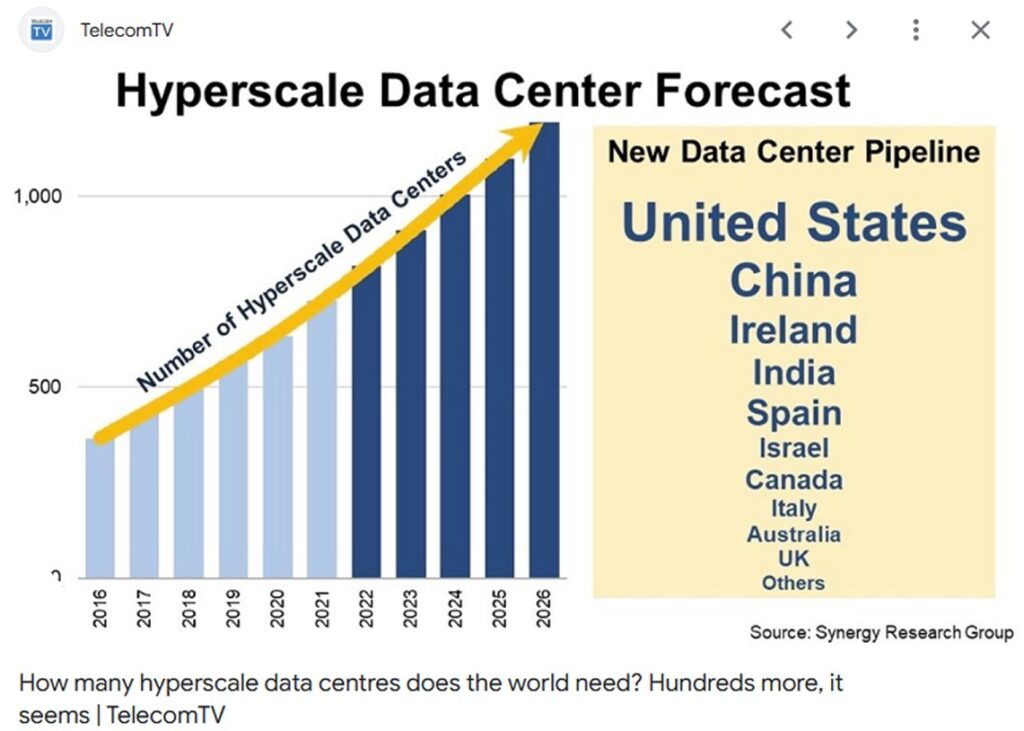
AI Data Centers expected to grow by 160%
On average, a ChatGPT query demands nearly ten times more electricity to process than a Google search.
This stark contrast signals an imminent transformation in how the United States, Europe, and the global community will consume power, along with the future financial implications.
For years, data centers have maintained a remarkably stable appetite for electricity, even as their workloads expanded. However, with the slowdown in efficiency gains and the rapid advancement of AI technology, Goldman Sachs Research firmly predicts that the power demand from data centers will surge by 160% by 2030.
Currently, data centers consume about 1-2% of total electricity worldwide, but this figure is poised to rise to 3-4% by the end of the decade. In the United States and Europe, this escalating demand will drive unprecedented electricity growth, a phenomenon not witnessed in a generation. At the same time, carbon dioxide emissions from data centers are on track to more than double between 2022 and 2030.
How much power do data centers consume?
Goldman Sachs Research analysts have published a series of three reports examining the implications of the recent spike in electricity demand in the US, Europe, and globally. While our demand for data has been substantial in recent years—data center workloads nearly tripled between 2015 and 2019—the power consumption of data centers remained relatively stable during that time, averaging around 200 terawatt-hours per year.
This stability can be attributed, in part, to the growing efficiency of data centers in utilizing the power they consume, as highlighted in the reports authored by Carly Davenport, Alberto Gandolfi, and Brian Singer.
